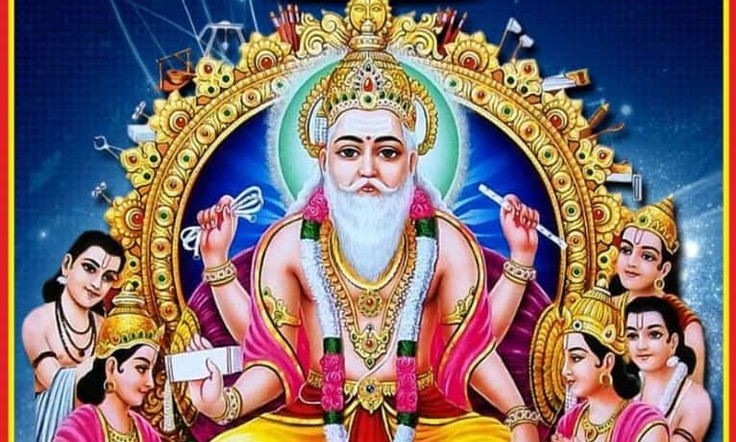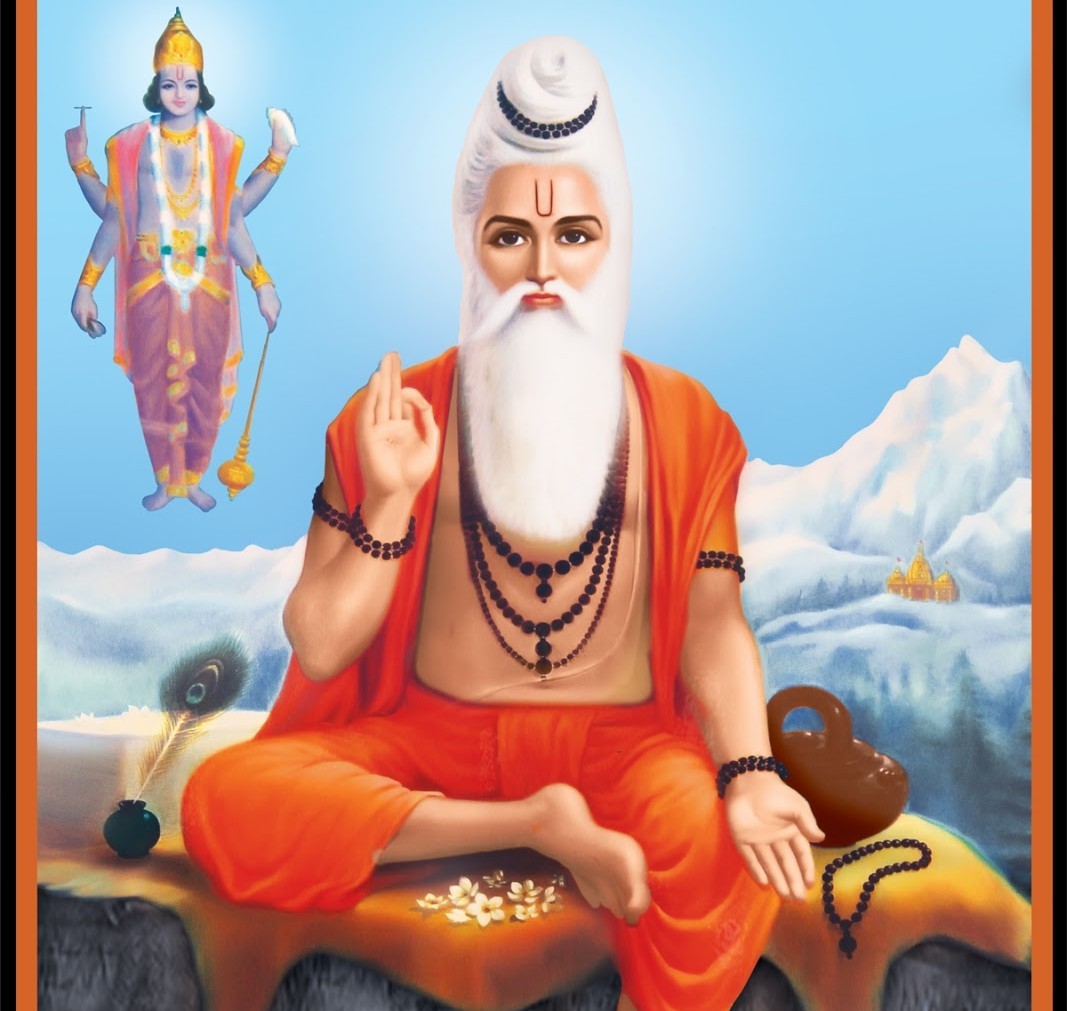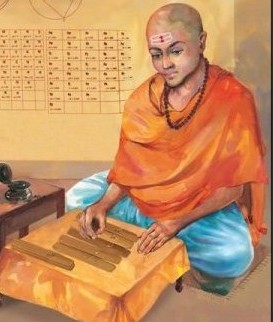
Bhagwan Vishwakarma
Bhagwan Vishwakarma is revered in Indian tradition as the divine architect and craftsman of the gods and the presiding deity of all craftsmen and architects. He is credited with creating magnificent palaces for the gods and designing many of their celestial weapons and vehicles. He is hailed as the worlds first engineer and the architect of the gods, responsible for designing and constructing celestial abodes, cities, and artifacts across the four yugas (ages) of Hindu cosmology. His creations are marvels of engineering, often involving advanced concepts like flying machines and indestructible weapons. He is credited with authoring Vastu Shastra, the ancient Indian science of architecture, influencing temple designs and urban planning

